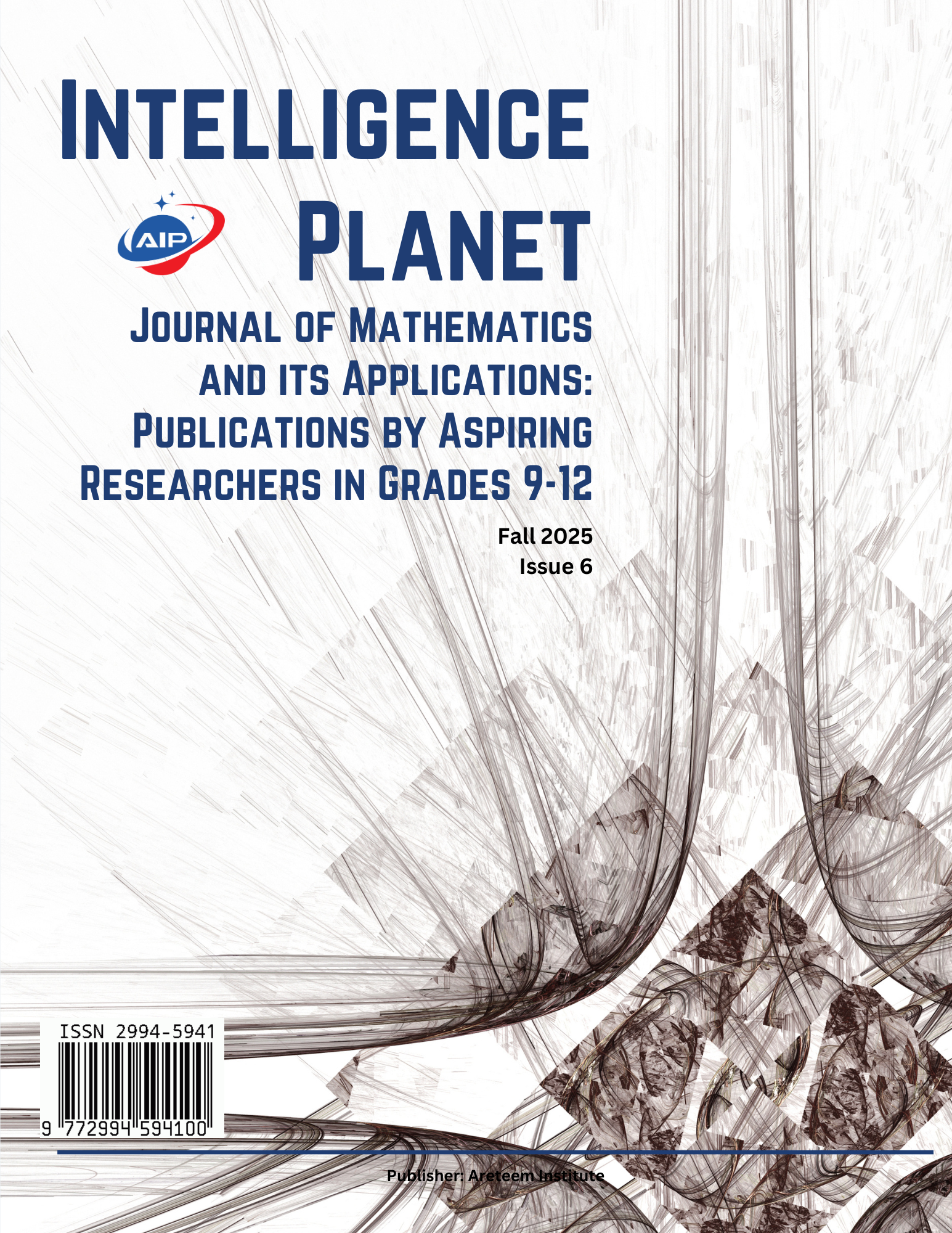Spatiotemporal Modeling of California Air Pollution: Implications for Environmental Justice
Keywords:
air quality, environmental justice, pollutants, kriging, geographically and temporally weighted regressionAbstract
Disproportionate exposure to air pollution in low-income and minority communities remains a central concern in environmental justice and public health. This study applies Geographically and Temporally Weighted Regression and kriging interpolation to 2024 EPA Air Quality System data, examining four pollutants (PM2.5, NO2, O3, CO) from 27 monitoring stations across California with a focus on the influence of proximity to major ports. Results reveal pronounced spatial disparities: in EJ-designated tracts of Los Angeles, San Bernardino, and San Joaquin counties, PM2.5 levels were 77.1% higher than in non-EJ areas, accompanied by nearly double the strength of negative correlation with port distance. Distinct spatial patterns for ozone and carbon monoxide were also observed. Overall, the findings underscore the importance of localized spatiotemporal modeling and accounting for multiple pollution sources in advancing environmental justice research.
Downloads
Published
Issue
Section
License
Copyright (c) 2025 Alvin Chen (Author)

This work is licensed under a Creative Commons Attribution 4.0 International License.

